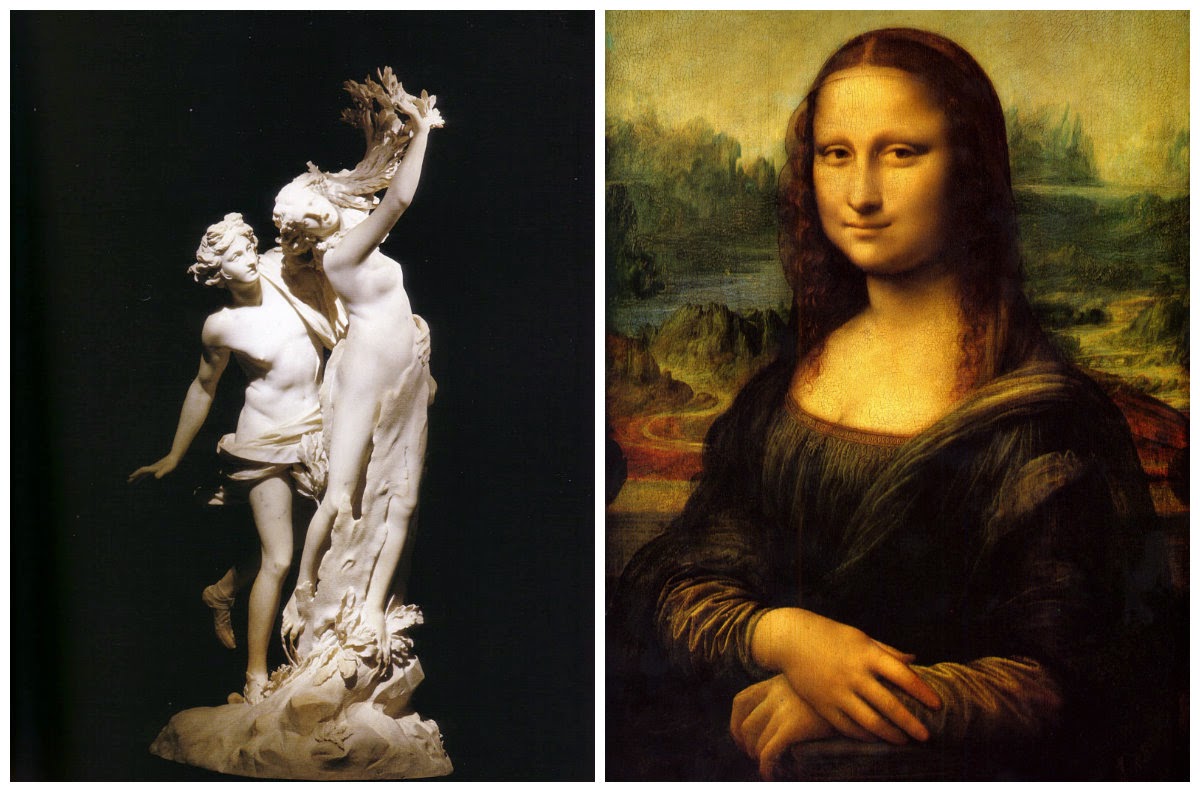This is our 100th episode! It is an exciting milestone for us and we want to thank all of our listeners for sharing this journey with us! We also want to thank all of our alumni whose work in the podcast over the years we treasure! We have included messages from some of them in this episode. We miss you Marie, Kenna, Mary, Megan, Chloe, Zach, and Lauren!
In this episode we each chose an example of our most favorite and our least favorite artists or pieces of art and had a bit of a smackdown! As we discuss art together, we often find that we have such differing opinions. Yet none of them are wrong because there is no universally agreed upon example of "best" or "worst" art. What we gain from our debates is a better understanding and greater appreciation for artists and their creations.
Alisha's Picks
Love: Winged Victory, or Nike of Samothrace, Unknown Greek artist, c.200-190 BCE
Hate: Russian Suprematism-- ie: Red Square by Kazimir Malevich, 1913
Carolyne's Picks
Love: Apollo & Daphne by Gian Lorenzo Bernini, 1622-1625
Hate: Mona Lisa (La Gioconda) by Leonardo da Vinci, 1503-1517
Jo's Picks
Love: The Slave Ship by J.M.W. Turner, 1840
Hate: Dada-- ie: Fountain by Marcel Duchamp, 1917
Carrie's Picks:
Love: Antoni Gaudi-- ie: Casa Batllo, 1877
Hate: Willem de Kooning-- ie: Woman V, 1952-1953
Julia's Picks
Love: Red Room by Henri Matisse, 1908
Hate: Street, Dresden by Ernst Ludwig Kirchner, 1908
Thank you for listening today, we hope you enjoyed our 100th Episode! Next week we have a special guest host, Assistant Professor Courtney Davis talking with Julia about the famous French Neoclassical painter David.
Have a great week!





























